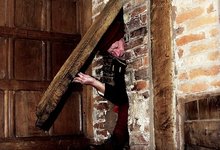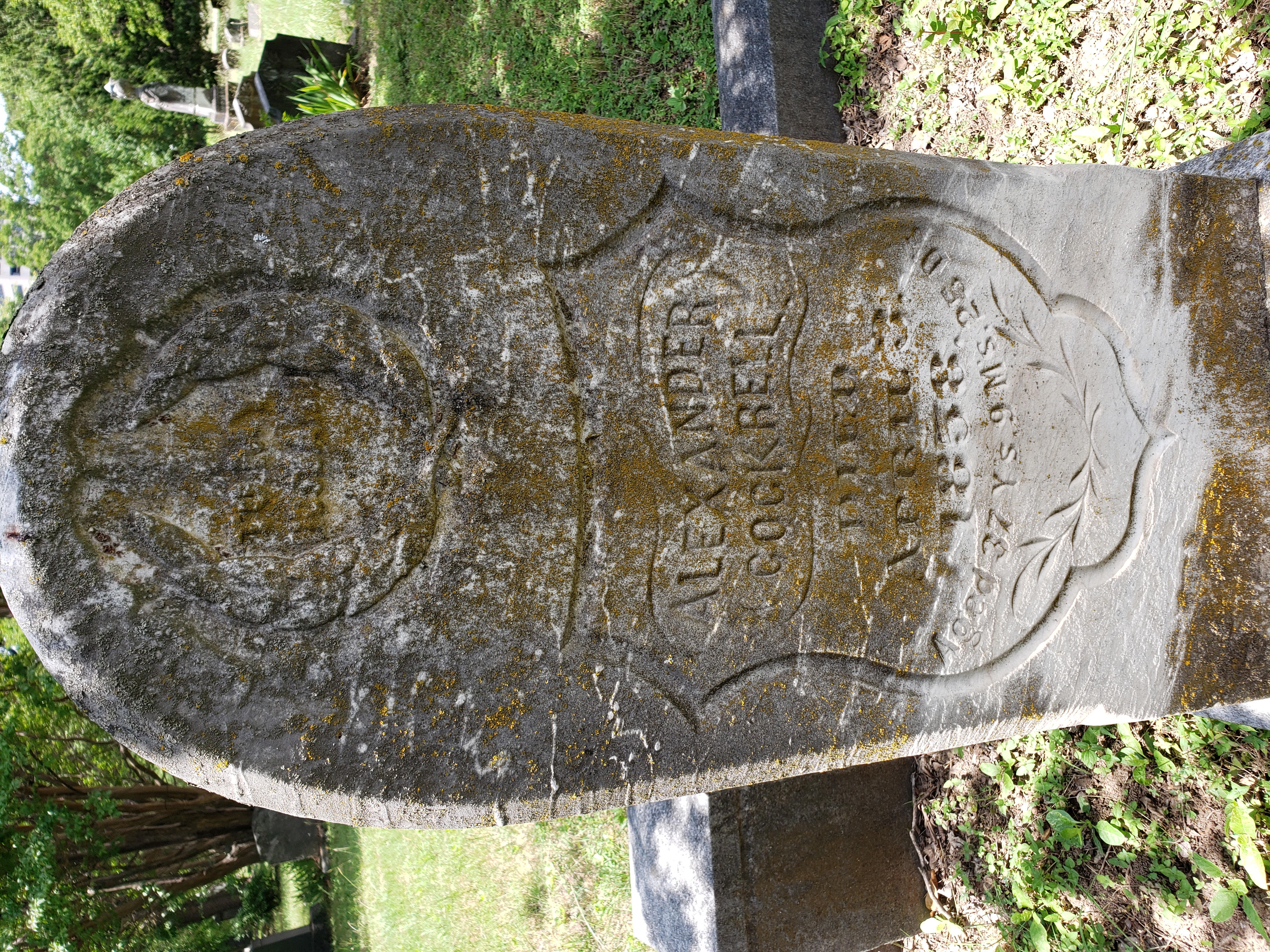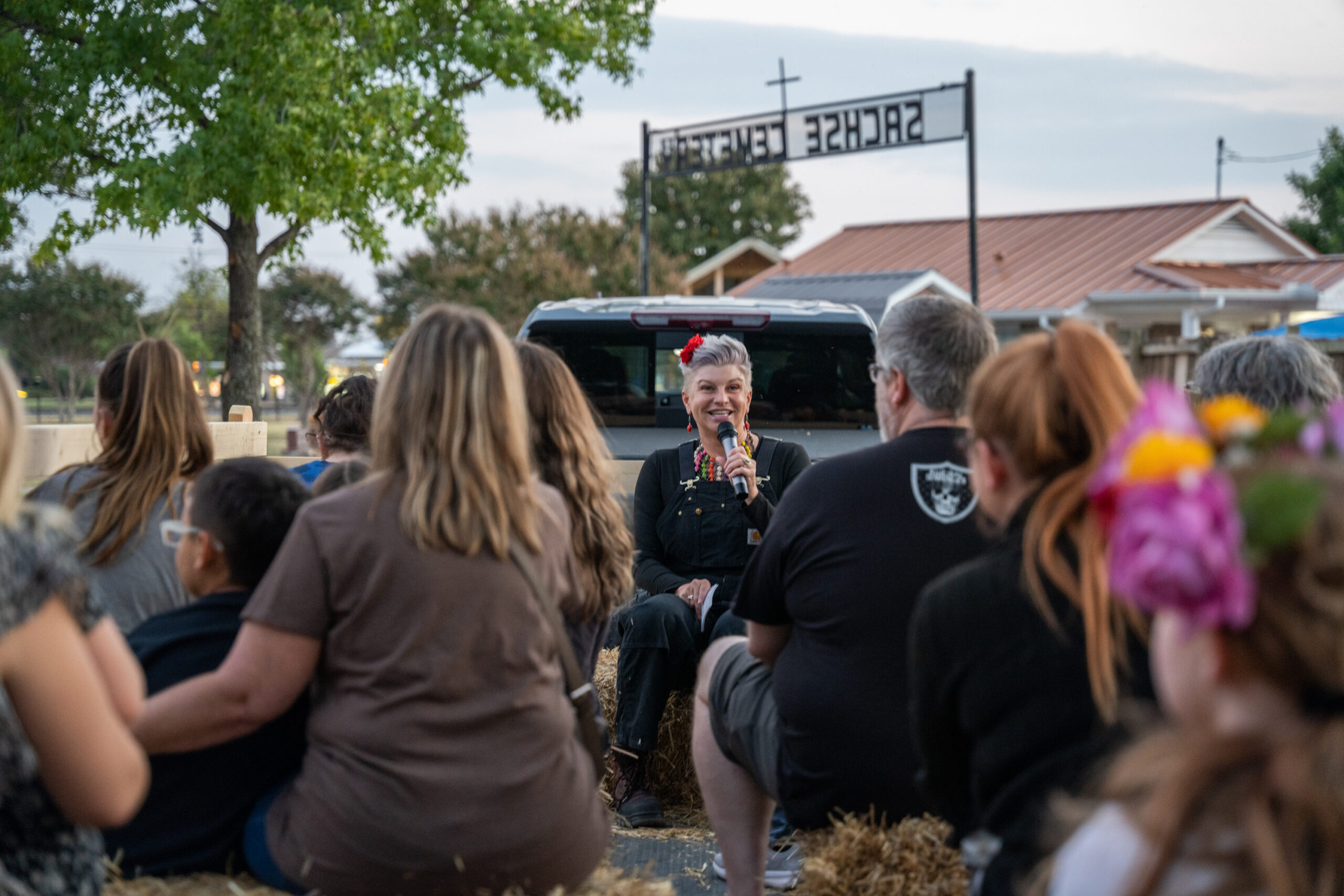More off-topic stuff! Priest holes.
Our last post related to Miramont Castle in Minatou Springs, Colorado. This 40 room estate was built by a French priest for he and his mother to openly live in.
But where does a priest live who needs to stay hidden? In a safe house that has a priest hole! Between roughly 1550 and 1600, in England, due to religious and political upheaval, Catholic priests were banned. Not only that, they were hunted. Catholic families, wanting to help, allowed persecuted priests to live in their homes. This was dangerous business if they were found out and raids were frequent. Because of these raids, said families had to have a reliably concealed area to tuck their local priest away – hence a priest hole being built in to the more spacious Catholic estates. Priest holes are often not much more than the size of a human – a crouching human in some cases. Priest holes are not meant to be comfortable – they are only meant to be used for a matter of hours. (Although the fancier ones were connected to secret passages so the priest could escape entirely.) These priest holes were often cleverly disguised behind fireplaces, in the woodwork of staircases, or in the corners of attics.
The image is of a man emerging from a still-operational priest hole at Harvington Hall in Worcestershire, England. https://www.atlasobscura.com/articles/the-secret-rooms-that-were-custom-built-to-hide-your-priest
I can’t promise any priest holes, but plenty of other fascinating bits of art and architecture can be found on our Garland Square tours on December 8th and 15th! Visit our Facebook page: Explore Dallas History for more details.




